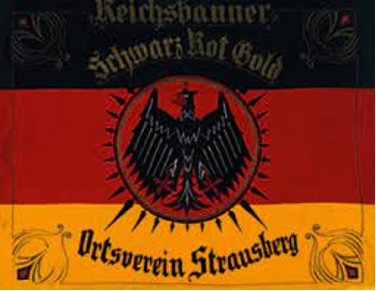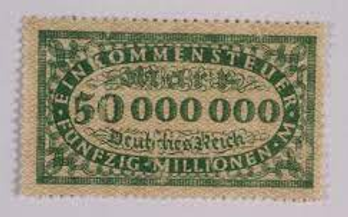The Weimar Republic was the German government from 1919 to 1933. The Chancellor of the time, Heinrich Brüning, unable to solve the country’s economic problems, promoted a shift towards a rightist dictatorship by ignoring the Reichstag, or German Parliament, and governing by presidential decree.
Economy: the Weimar Republic was troubled by post-war economic problems as a result of the Treaty of Versailles. The terms of the treaty required that Germany pay financial reparations, disarm their military, lose territory, and give up all of its overseas colonies. These reparations sent the early Weimar republic into an age of hyperinflation, with the working class being effected most heavily. However, the republic’s economic state had recovered considerably by the late 1920s, allowing the republic to gain authoritarian control and greater power over the German people.
Social: some aspects of German society were said to flourish during the Weimar Republic, with a surge in modernist art, music, theatre, design, dance and film. The traditionalist and constraining views of the 19th century were torn down, allowing creative experimentation to grow rapidly.
Political: the Weimar Republic faced major political instability as a result of the constitutional regulations of the time allowing the democratic decisions of the Reichstag to be overruled by the president. The moderate socialist leaders also faced criticism from both the ‘radical’ left-wing, as they were viewed as not doing enough to prevent against another war, and also by the conservatives who disagreed with their liberal policies. This naturally caused much confusion in German society as of the conflicting ideas which saturated the political landscape of the time.


